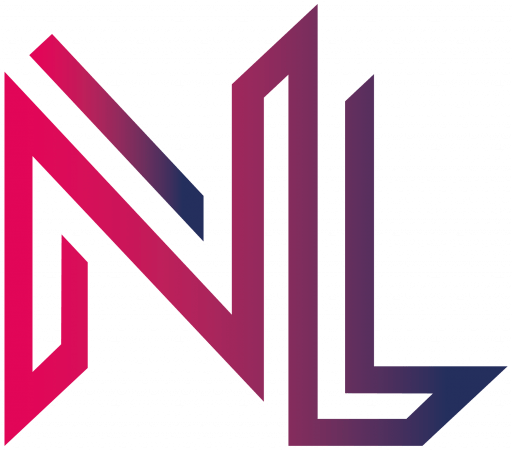For receiving updates on Proxmox, you have add the pve-no-subscription repo.
First, find the current pve-enterprise repo:
nano /etc/apt/sources.list.d/pve-enterprise.list
Comment out the pve-enterprise repo.
root@pve:~# cat /etc/apt/sources.list.d/pve-enterprise.list
#deb https://enterprise.proxmox.com/debian/pve buster pve-enterprise
To add the pve-no-subscription repo, create a new file called pve-no-subscription.list
nano /etc/apt/sources.list.d/pve-no-subscription.list
and insert the repo:
root@pve:~# cat /etc/apt/sources.list.d/pve-no-subscription.list
# PVE pve-no-subscription repository provided by proxmox.com,
# NOT recommended for production use
deb https://download.proxmox.com/debian/pve buster pve-no-subscription
# security updates
deb https://security.debian.org/debian-security buster/updates main contrib
